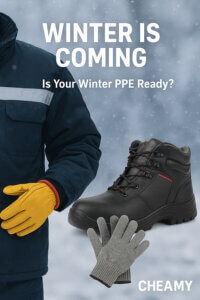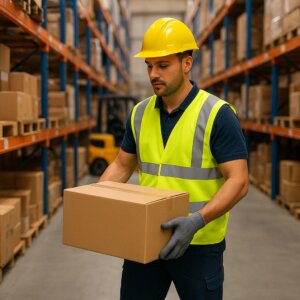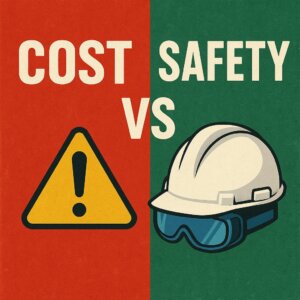When Protection Becomes a Problem
At CHEAMY, we believe in protection that makes sense. While it’s tempting to think that more PPE equals more safety, that’s not always the case. In fact, using unnecessary or excessive PPE — a phenomenon known as overprotection — can actually introduce new hazards, reduce productivity, and lower worker comfort.
So, how can you avoid this common mistake?
What Is PPE Overprotection?
Overprotection occurs when employees are equipped with safety gear that goes beyond what’s needed for their specific job or risk level. Examples include:
-
Wearing chemical-resistant gloves for tasks that only require cut protection
-
Using full-face respirators in environments with minimal dust exposure
-
Layering multiple protective garments in a mild or non-hazardous setting
While well-intentioned, overprotecting can:
-
Limit mobility and visibility
-
Cause discomfort and overheating
-
Increase fatigue and reduce productivity
-
Lead to higher costs and unnecessary waste
Real-World Impact of Overprotection
Imagine a worker on a construction site wearing heavy-duty chemical boots when simple anti-slip footwear would suffice. Not only are they less mobile, but they’re also more likely to trip. Similarly, excessive respiratory protection in low-dust environments can cause unnecessary breathing resistance, leading to fatigue over long shifts.
How to Choose the Right Level of Protection
To avoid overprotection, here’s what we recommend:
✅ 1. Conduct a Risk Assessment First
Before issuing PPE, analyze the specific hazards — physical, chemical, biological, etc. Base your selection on actual risks, not assumptions.
✅ 2. Follow Legal and Industry Guidelines
Use OSHA, ISO, or national standards as your reference. They often provide minimum requirements and help you avoid both under- and over-protection.
✅ 3. Match the PPE to the Task
Don’t assign the same gear across departments if the tasks differ. A painter and a welder need very different protection.
✅ 4. Train Your Team
Many cases of overprotection come from misunderstanding risks. Ensure workers know what PPE is necessary — and when less is more.
✅ 5. Consult with PPE Experts
At CHEAMY, we help customers find the balance between protection, comfort, and practicality. We don’t just provide gear — we provide solutions.
The Balance: Safety Meets Comfort
Overprotection doesn’t mean you care too much — it often means information is lacking. Choosing PPE is not just about offering “maximum protection,” but smart protection.
The ideal PPE strategy:
-
Reduces risks
-
Fits the task
-
Respects worker comfort
-
Encourages compliance
Because if workers feel burdened, they’re more likely to remove the gear — defeating the purpose entirely.
Final Thoughts: Let PPE Work for You, Not Against You
More PPE doesn’t always mean better safety. By focusing on task-specific risks, you can build a safer, smarter, and more efficient workplace.








